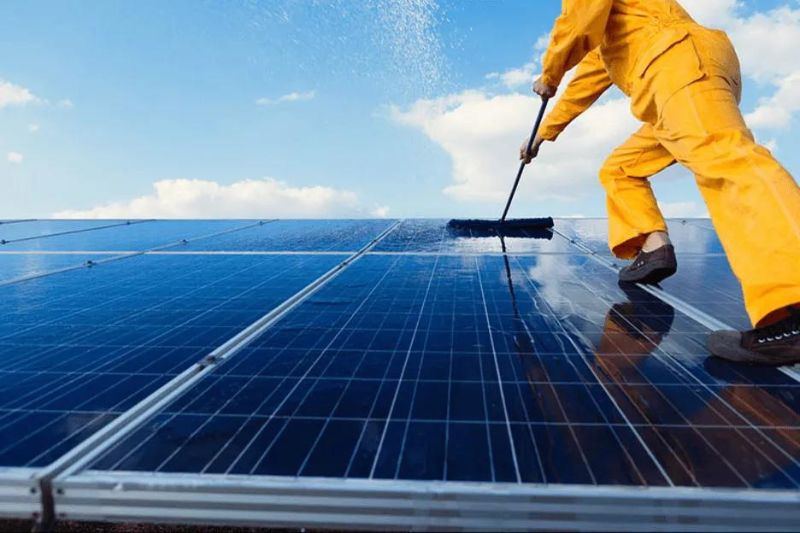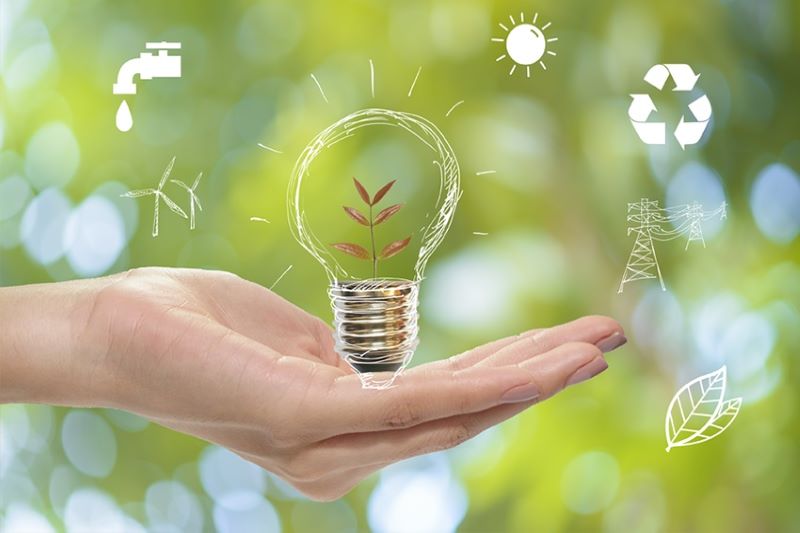Table of Contents
In the quest for cleaner, more sustainable energy solutions, solar power stands out as a beacon of hope. Solar arrays, sprawling fields of gleaming panels, harness the sun’s rays, converting them into electricity that powers our homes, businesses, and even vehicles. However, as with any technology, challenges arise. One such challenge is the avian affinity for these sun-soaked panels—a problem that requires innovative solutions for securing solar arrays without harming our feathered friends, all while maintaining maximum efficiency.
The Unseen Challenge: Birds and Solar Arrays
Birds, particularly pigeons, find the warm and sheltered spaces beneath solar panels perfect for nesting. While this may seem harmless, their presence can lead to a decrease in solar efficiency and potential damage to the equipment. Droppings, nesting materials, and the birds themselves can obstruct sunlight, leading to a significant decrease in energy production. Furthermore, the acidic nature of bird droppings can corrode and damage the panels, leading to costly repairs and replacements.
A Feathered Dilemma: The Impact of Avian Residents
When birds take residence under solar panels, they bring with them a host of issues. From the decrease in energy production to the potential for damage, the presence of birds can turn an efficient solar array into a maintenance nightmare. This is where the concept of Pigeon-proofing solar panels comes into play. This innovative approach involves installing barriers that prevent birds from accessing the space beneath the panels while ensuring they do not harm the birds or interfere with the panel’s function. This method is a cornerstone of maintaining solar efficiency and protecting our investments in renewable energy.
Solutions Take Flight: Protecting Panels and Birds
The key to securing solar arrays from avian interference lies in humane and effective solutions. One popular method is the installation of specially designed bird spikes. These spikes deter birds from landing and nesting without causing harm. Another approach involves the use of netting to physically block access to the areas beneath the panels. This netting is designed to be durable and resistant to weather, ensuring it stands the test of time. Additionally, sonic devices that emit sounds unpleasant to birds, yet inaudible to humans, can be used to keep the area clear without resorting to harmful measures.
Beyond Barriers: Integrating Avian-Friendly Design
Looking to the future, architects and engineers are beginning to design solar arrays with avian aversion in mind from the outset. By integrating bird deterrents into the initial design, the need for later modifications can be reduced or eliminated. This proactive approach not only saves time and money but also highlights a commitment to harmony between renewable energy initiatives and wildlife conservation.
The Role of Technology: Monitoring and Maintenance
Advancements in technology play a crucial role in managing the relationship between birds and solar arrays. Remote monitoring systems can alert operators to the presence of birds, enabling quick response to potential issues. Regular maintenance and inspections ensure that deterrent measures are in place and effective, minimizing the impact on both the solar array’s efficiency and the local bird population.
Community Engagement: A Collective Effort
Securing solar arrays is not just a task for the operators and owners but a community effort. By educating the public about the importance of renewable energy and the challenges it faces, including avian interference, we can foster a supportive environment. Community involvement can lead to innovative solutions and a shared sense of responsibility for the success of renewable energy initiatives.
Harmony Between Nature and Innovation
The journey to harmonize our need for renewable energy with the natural behaviors of birds is ongoing. Through innovative solutions like pigeon-proofing, humane deterrents, and avian-friendly design, we can protect our investment in solar energy while respecting the wildlife that shares our space. By embracing technology, engaging communities, and incorporating preventive measures, we can ensure that solar arrays operate at maximum efficiency, free from avian aversion. In doing so, we not only secure our energy future but also contribute to a balanced coexistence with the natural world.








